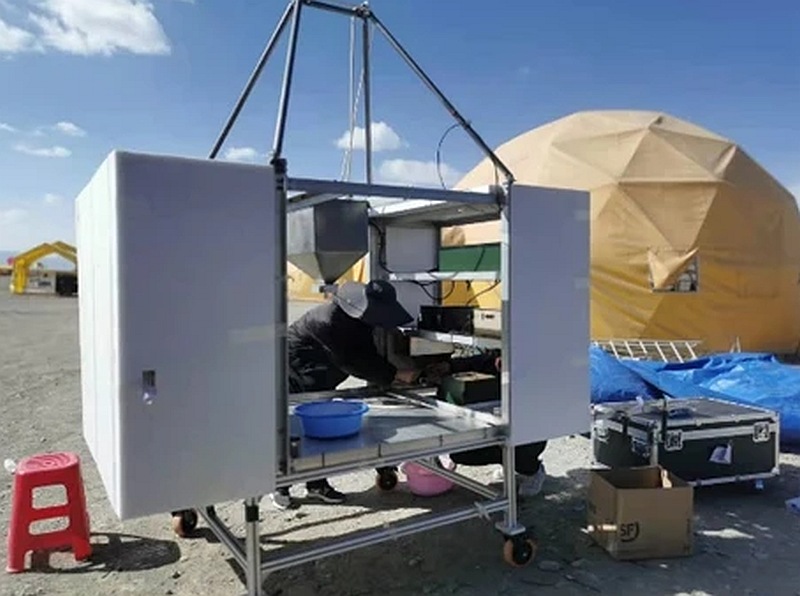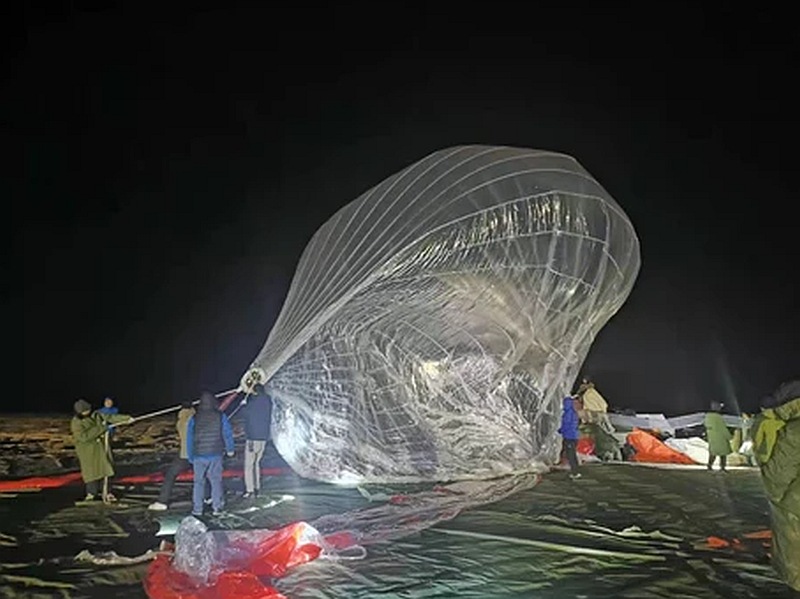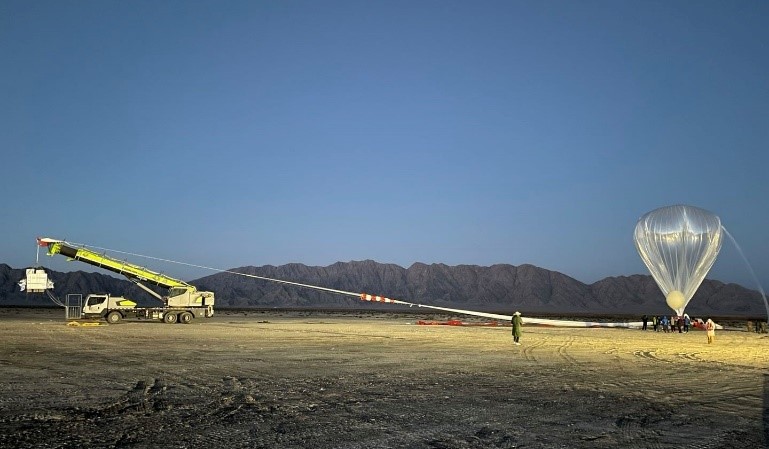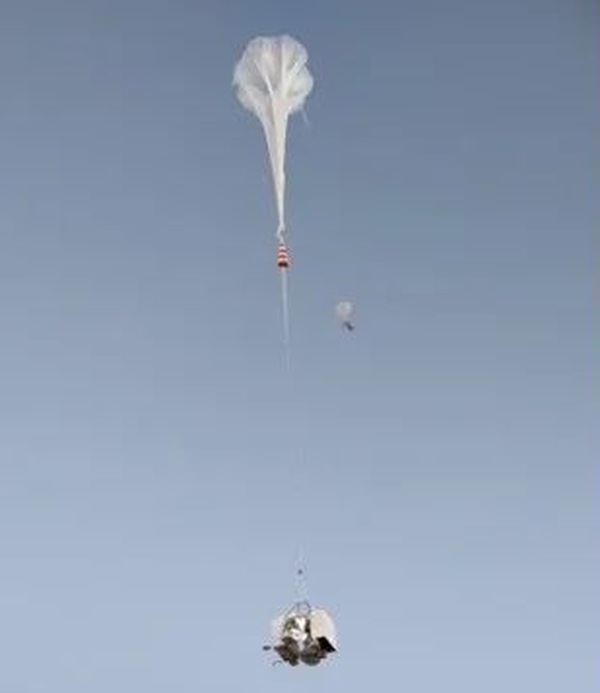Purpose of the flight and payload description
The flight was devoted to test the first near-space radiation benchmark transfer calibration system aimed to perform high-precision and stable measurements of radiation reference loads in the airborne environment, high-precision transmission of space radiation reference, and the traceability of radiation quality of data products.
The experiment used a specially built platform to carry a visible-short-wave infrared radiometer as a space radiation reference payload. Aim was to synchronize the ground and atmospheric parameters of the outfield measurement work, to obtain China's multi-series remote sensing satellites, spherical reference payloads and ground-based synchronous observation data.
The system obtained short-term forecasts of high-altitude atmospheric wind fields, and predictions for high-altitude scientific balloon flight trajectories and landing points.
Details of the balloon flight
Balloon launched on: 9/20/2021 at 7:10 cst
Launch site: Dachaidan district, Qinghai Tibet Plateau, China
Balloon launched by: Aerospace Information Research Institute (AIR-CAS)
Balloon manufacturer/size/composition: Zero Pressure Balloon
End of flight (L for landing time, W for last contact, otherwise termination time): 9/20/2021 at 20:40 cst
Balloon flight duration (F: time at float only, otherwise total flight time in d:days / h:hours or m:minutes - ): 13 h 30 m
The balloon was launched from Dachaidan in Qinghai Province, at 7:10 cst on September 20, 2021. Date was selected considering the satellite synchronization requirements. After a nominal ascent phase the balloon reached a stable flight altitude of 31 km, and remained there for 11 hours. After completing the mission, payload was separated from the balloon and landed safely at 20:40 cst.
During the flight the balloon-borne equipment worked normally, and more than 700 sets of effective Earth radiation brightness spectrum observations, corresponding footprint camera images and POS data were obtained. Also were coordinated observations with satellites FengYun-3D, Gaofen-4 and Gaofen-6 matching the balloon-borne observations.
External references
- News about the mission (II)
- News of the launch Website of the Aerospace Information Research Institute (in Chinese)
16175If you consider this website interesting or useful, you can help me to keep it up and running with a small donation to cover the operational costs. Just the equivalent of the price of a cup of coffee helps a lot.





